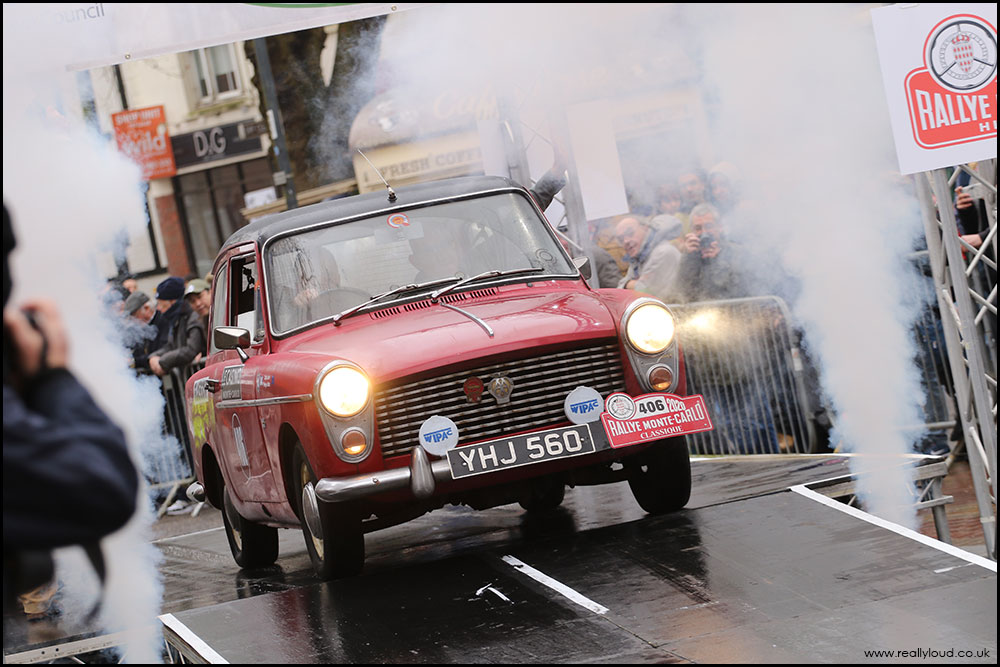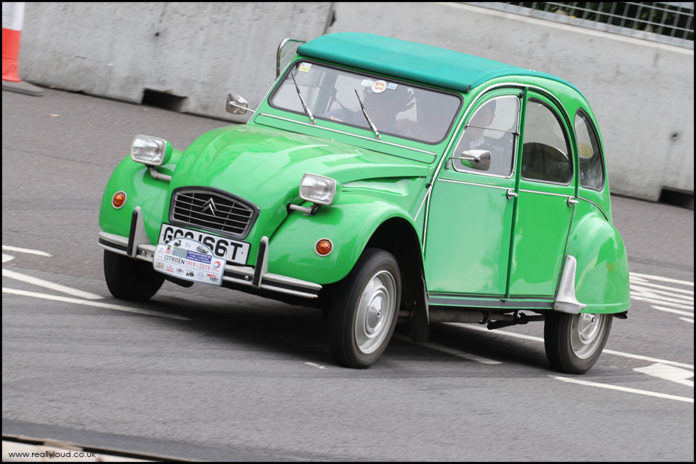Insurance costs of a car goes a long way to buying a particular model. In the 70’s the cheapest cars to insure were generally European cars with engine capacities under 1-litre. Easy parts availability and in most cases lousy performance with the most basic of equipment, were the main reason for their inclusion in the cheapest insurance group. Some companies, like Datsun, circumvented this by offering an insurance package included in the package which gave them a good market coverage, without the poverty spec and providing sufficient security. Premiums are much the same as today, taking a brand new Mini in 1973 as an example, you’d pay around a minimum of 3% of the value the car for a years worth of fully comprehensive insurance which counting for inflation works out at around a minimum of £350 today. Obviously it would be significantly higher for a young man living in a built-up area, but we all have start somewhere. These are a rundown of a Group 1 insurance cars – which correlated with their lack of power and small size. You could find cheaper and bigger cars but unless you’ve got lots of no claims bonus, then economically it doesn’t make any sense to buy one.

The Imp and Chrysler Sunbeam shared the same engines, which helped keep their costs down, Imps being very common alternatives to the Mini at the time. Introduced in 1963, the rear-engined car was the first British mass-produced car with an Aluminium engine.

The Chrysler Sunbeam was based on the larger Avenger models, but its shorten chassis was adapted for Rootes new RWD Supermini.

Not surprisingly both 850 and 1000 Minis are included too, it’s ubiquitous nature and popularity made it the best selling small car in the UK.

The French offered some charm in the form of the Citroen 2CV6 and similar Dyane, both quite big but light cars with useless security and huge potential to be hot wired.
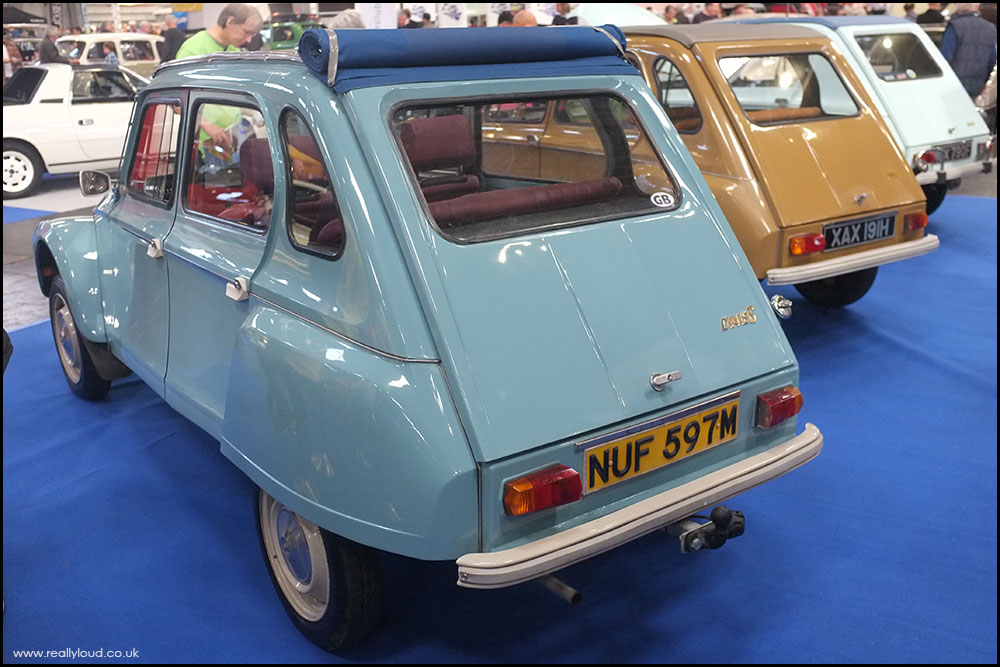
The Dyane was first imported in 1968, six years before the re-introduction of the 2CV6, which became one of the cheapest cars to run of the decade.
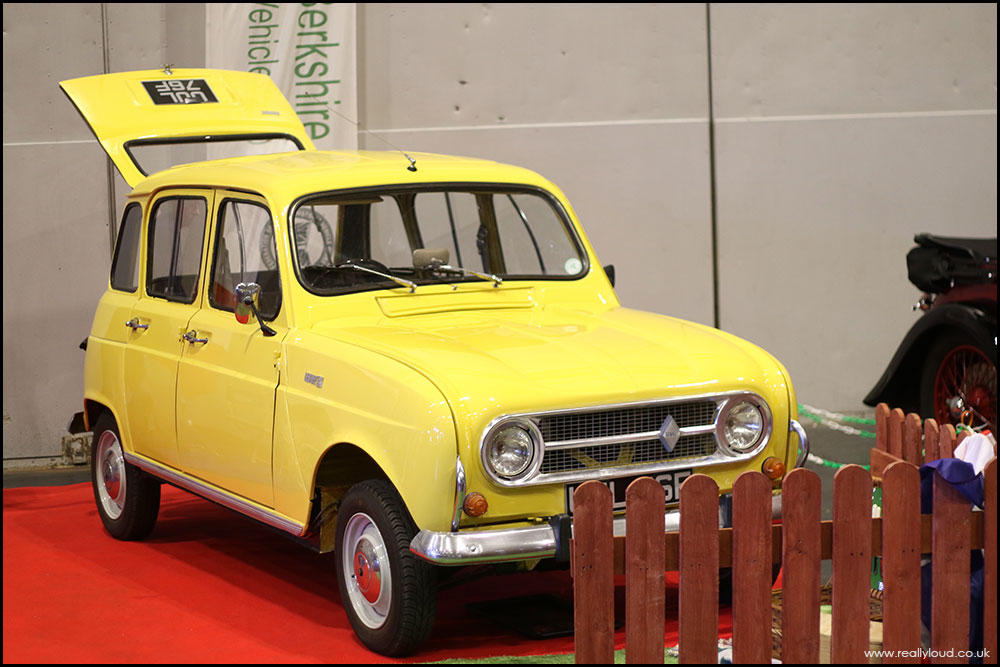
The Renault 4 is also another cheap car to insure, provided you had the 845cc version.
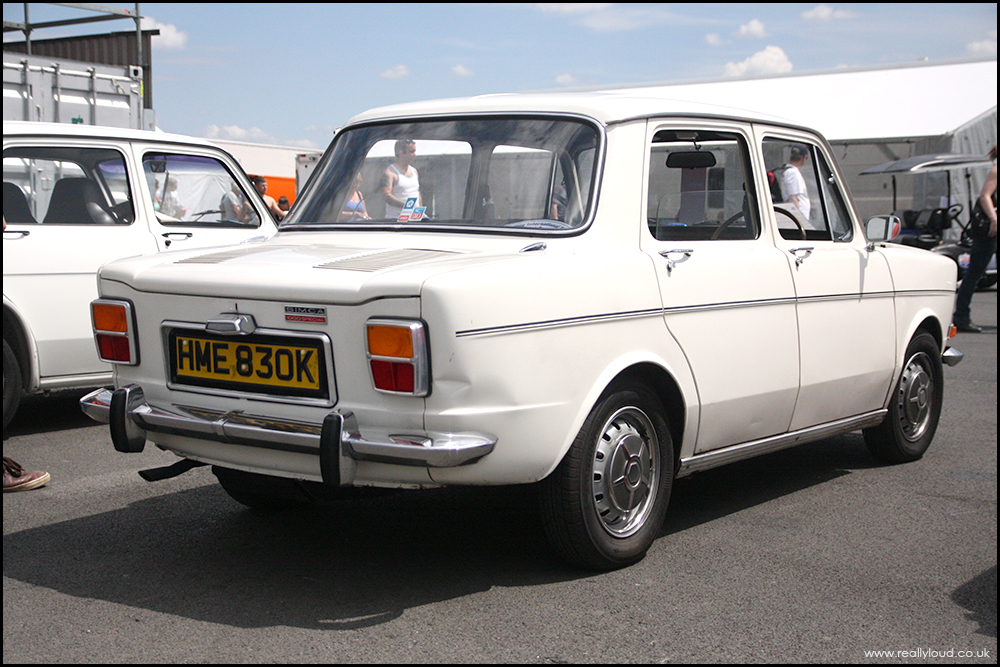
Another French option is the rear engined Simca 1000, they were surprisingly able and certainly helped their popularity.
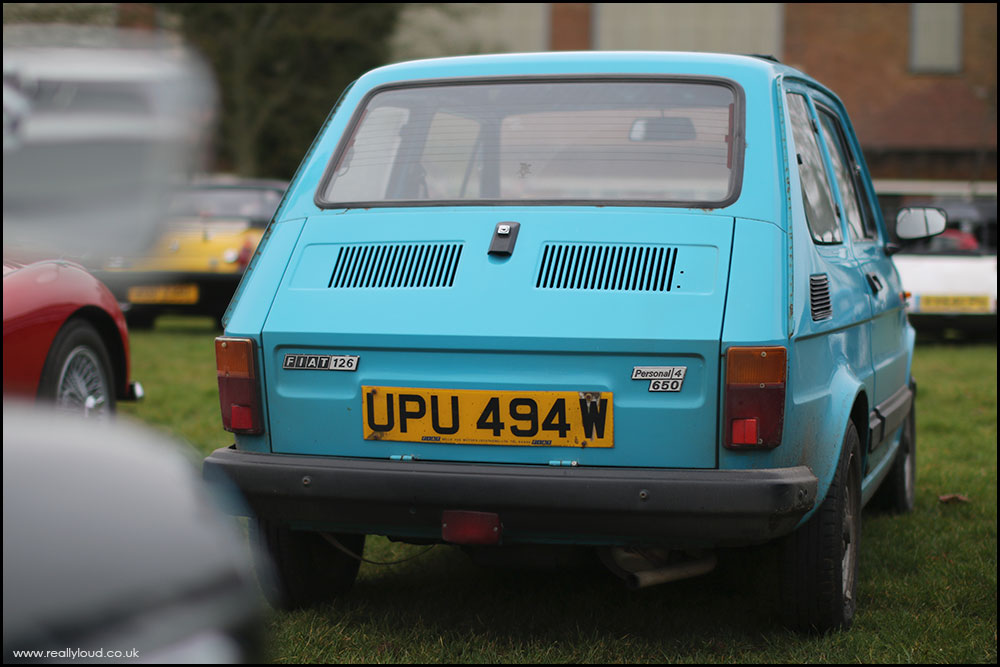
Similarly on a rear engine format, the replacement for the popular Fiat 500, the 126 with its 594cc (the smallest engine of the group) producing just 23bhp was the closest thing to a 4 wheel motorcycle.

If you only had a motorcycle licence then the best option to keep dry was the Reliant Robin. It proved to be a decent seller but inexplicably jumped two groups towards the end of the decade.

The last car on the list could be considered the true successor to the Mini, as the Ford Fiesta was also offered in an ultra-basic spec with a 40bhp 957cc which could reach 84mph with a fair wind. With its parts availability, straight forward DIY and adequate security, it was probably the most sensible choice for budget motoring.




